Wisconsin is home to a wide range of ecosystems, from thick forests and wetlands to sprawling farmlands, creating an ideal environment for coyotes to thrive. These adaptable canids have successfully made their home throughout the state, navigating both wild and human-altered landscapes with ease.
The most common resident is the Northeastern coyote (Canis latrans thamnos), a medium-sized canid known for its adaptability and resilience. However, Wisconsin also hosts other coyote types, including hybrids that exhibit traits of wolves and, occasionally, domestic dogs, adding diversity to the local population.
Learning about these coyotes’ physical characteristics, behaviors, habitats, and interactions with their environment provides valuable insight for wildlife enthusiasts, researchers, and anyone interested in the state’s natural fauna. Understanding these aspects helps in identifying and appreciating the role of coyotes in Wisconsin’s ecosystems.
Northeastern Coyote (Canis latrans thamnos)
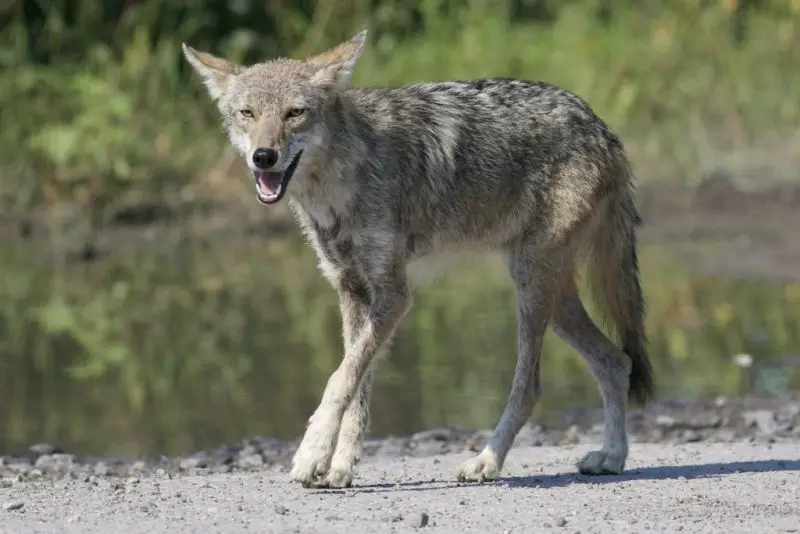
Physical Characteristics and Size
The Northeastern coyote is a robust, medium-sized canid that exhibits remarkable physical adaptability. Adults typically weigh between 30 to 50 pounds (13.6 to 22.7 kg), with males generally larger than females. Their body length ranges from 48 to 60 inches (122 to 152 cm), including the tail, positioning them between the smaller western coyotes and the larger eastern wolves.
Their dense fur varies in shades of gray and brown, often interspersed with reddish tones on the legs, ears, and flanks, which provides natural camouflage among forested landscapes and mixed terrains. Seasonal changes can slightly alter the fur’s coloration and thickness, allowing these coyotes to withstand Wisconsin’s cold winters and hot summers. Their pointed ears, narrow snout, and bushy tail enhance their agility and sensory perception, making them highly effective hunters in a variety of environments.
Behavior and Social Structure
Northeastern coyotes are highly intelligent and flexible in their social behavior. In rural or forested areas, they typically form small family units, consisting of a mated pair and their offspring, while in urban or suburban settings, they often adopt a more solitary lifestyle or form loose, temporary associations with other coyotes.
Communication plays a key role in maintaining territory and social bonds; howls, yips, barks, and yelps convey messages about territory boundaries, the presence of predators, or the location of mates and pups. They are primarily nocturnal or crepuscular, actively hunting and patrolling during dawn, dusk, and nighttime hours, which helps them avoid human interaction. Their keen senses of hearing, smell, and sight allow them to detect prey and navigate complex landscapes efficiently.
Habitat and Distribution
The Northeastern coyote is widely distributed across the northern half of Wisconsin, thriving in diverse habitats ranging from dense forests and open grasslands to agricultural fields and suburban neighborhoods. Their adaptability to various landscapes enables them to coexist near human populations, often taking advantage of green spaces, parks, and the edges of developed areas.
They are highly territorial, marking their ranges with scent markings and vocalizations to deter intruders. Seasonal movements may occur in search of food, with coyotes shifting between woodland cover in winter and open areas in warmer months where prey availability is higher.
Diet and Hunting
As opportunistic omnivores, Northeastern coyotes maintain a highly varied diet that reflects both availability and seasonal changes. Small mammals, including rodents, rabbits, and hares, form the core of their diet, while birds, insects, and occasionally amphibians supplement their intake.
They are skilled hunters, employing a combination of stalking, chasing, and ambushing techniques to catch prey. In addition to hunting, they scavenge carrion and will opportunistically feed on agricultural crops or human-associated food sources when natural prey is scarce. During late summer and fall, they incorporate a greater proportion of fruits, berries, and nuts into their diet, which not only supplements nutrition but also helps disperse seeds across the landscape.
Reproduction and Lifespan
Reproduction for Northeastern coyotes generally occurs between January and March, with females undergoing a gestation period of approximately 63 days. Litters typically consist of 5 to 7 pups, although larger litters are occasionally documented.
Newborn pups are blind, deaf, and entirely dependent on parental care for survival during their first few weeks of life. Both the male and female contribute to feeding and protecting the young, with older offspring sometimes assisting in the care of subsequent litters. Juvenile coyotes gradually begin hunting and exploring under parental guidance before dispersing to establish their own territories.
In the wild, Northeastern coyotes live an average of four years, though survival rates can be influenced by predation, disease, and human activity. Their adaptability, intelligence, and flexible behavior have allowed them to persist and thrive across Wisconsin’s varied environments despite these challenges.
Eastern Coyote (Canis latrans var.)
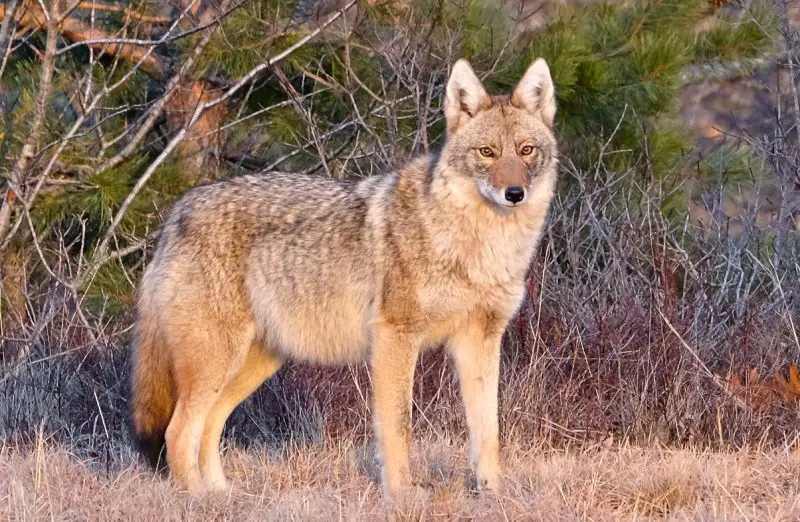
Physical Characteristics and Size
The Eastern coyote is noticeably larger than its western counterpart, with males averaging around 31.9 pounds (14.5 kg) and females slightly smaller. Their body length typically ranges from 48 to 60 inches (122 to 152 cm), including the tail, giving them a more robust appearance compared to western coyotes. Their coat is predominantly gray-brown with reddish or yellowish highlights on the legs, ears, and flanks, though coloration can vary depending on habitat, diet, and season. This variation allows them to blend seamlessly into forested areas, open fields, and even suburban settings.
Eastern coyotes also have a strong, muscular build, with slightly longer legs and larger paws than western coyotes, which enhances their ability to traverse snowy landscapes and rough terrain. Their bushy tail, narrow snout, and sharp, erect ears contribute to their keen sensory perception, making them effective hunters and highly alert to changes in their surroundings.
Behavior and Social Structure
Eastern coyotes are exceptionally adaptable and exhibit a wide range of social behaviors depending on their environment. In forested and rural regions, they often form small family units, whereas in urban and suburban areas, they may adopt a more solitary lifestyle to avoid human encounters.
These coyotes are generally cautious and elusive, relying on stealth and intelligence to navigate landscapes where human activity is frequent. Vocal communication, including howls, yips, and barks, is vital for maintaining territory, signaling danger, and coordinating with family members. They are primarily nocturnal and crepuscular, active during dawn, dusk, and nighttime hours, which helps them minimize contact with humans.
Habitat and Distribution
Eastern coyotes are primarily distributed across the eastern United States, with established populations in Wisconsin, particularly in the northern and central regions. They thrive in forested areas but are equally comfortable in agricultural lands, meadows, and suburban environments.
Over time, their range has expanded due to their adaptability and the availability of prey, making them a common presence throughout many parts of the state. Their flexibility in habitat choice allows them to exploit human-modified landscapes while still maintaining access to natural cover and hunting grounds.
Diet and Hunting
Eastern coyotes are opportunistic feeders with a diet that changes seasonally and based on food availability. Small mammals such as rabbits, rodents, and hares form the bulk of their diet, supplemented by birds, insects, and fruits. They are skilled hunters, employing strategies like stalking, chasing, and ambushing prey, often operating alone but sometimes in family groups.
They also scavenge when opportunities arise and may feed on agricultural crops or urban food sources in areas close to human settlements. Seasonal changes influence their diet, with an increased intake of berries, nuts, and other plant matter during late summer and fall, adding nutritional diversity.
Reproduction and Lifespan
Breeding occurs during the winter months, with females experiencing a gestation period of approximately 63 days. Litters typically consist of 5 to 7 pups, though occasional variations occur. Both parents participate actively in raising the young, providing food, protection, and guidance as the pups grow.
The pups are weaned at around 5 to 7 weeks of age and begin learning to hunt and explore under parental supervision. In the wild, Eastern coyotes have an average lifespan of around four years, similar to the Northeastern coyote, though survival rates can be affected by predation, disease, and human activity. Their intelligence, adaptability, and cautious behavior enable them to thrive across Wisconsin’s varied landscapes.
Coywolf (Coyote-Wolf Hybrid)
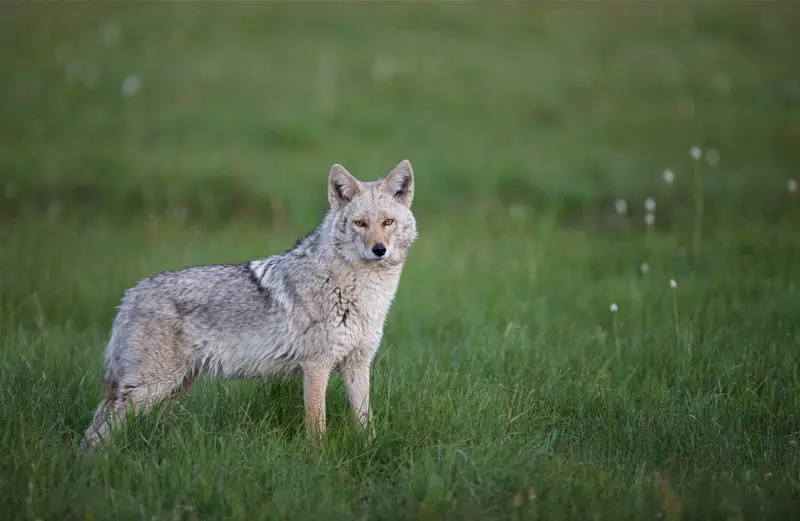
Physical Characteristics and Size
Coywolves are hybrids resulting from the interbreeding of coyotes and eastern wolves (Canis lycaon). They are generally larger than typical coyotes, with some individuals weighing up to 50 pounds (22.7 kg) or more. Their body length usually ranges from 50 to 65 inches (127 to 165 cm), including the tail, giving them a more imposing presence than standard coyotes.
Their physical appearance can vary widely depending on the proportion of wolf and coyote ancestry. Typically, coywolves have a robust build, long legs, and a bushy tail, combining the strength and size of wolves with the agility of coyotes. Their coat is often a mix of gray, brown, and reddish hues, providing effective camouflage across forested areas, grasslands, and mixed environments.
Behavior and Social Structure
Coywolves exhibit a fascinating blend of coyote and wolf behaviors. They are highly adaptable and capable of thriving in a wide range of habitats, including dense forests, agricultural lands, and even urban areas. Their social structure is flexible; they often form small family groups similar to coyotes, but some individuals may display more complex pack dynamics influenced by their wolf ancestry.
Vocal communication is an essential part of their behavior. Coywolves use howls, yips, and growls to establish territory, coordinate hunting, and maintain social bonds. They are primarily crepuscular and nocturnal, actively hunting and patrolling at dawn, dusk, and night, which helps them avoid human activity.
Habitat and Distribution
Coywolves are found in the northeastern United States, with their range extending into parts of Wisconsin. They typically inhabit areas where the territories of coyotes and wolves overlap, often favoring forest edges, open fields, and river valleys. Their ability to adapt to human-modified landscapes has enabled them to expand into suburban and semi-urban environments, although they remain elusive and difficult to spot.
Diet and Hunting
Coywolves are opportunistic feeders with a highly varied diet that changes based on prey availability and season. They primarily consume small mammals, such as rabbits, rodents, and squirrels, but will also hunt birds and occasionally scavenge carrion. Fruits, berries, and other plant matter are incorporated into their diet, especially during the late summer and fall when such resources are abundant.
While coywolves are capable of cooperative hunting in family groups, they often hunt alone or in pairs. Their hunting techniques blend the stealth and agility of coyotes with the strength and endurance of wolves, allowing them to take down prey of varying sizes and evade predators effectively.
Reproduction and Lifespan
Breeding for coywolves generally occurs during the winter months, with a gestation period of around 63 days. Litters typically consist of 5 to 7 pups, although larger litters can occur. Both parents participate in caring for the young, providing food, protection, and teaching essential survival skills.
Pups are weaned at approximately 5 to 7 weeks of age and gradually learn to hunt and navigate their environment under parental guidance. In the wild, coywolves live an average of 4 to 6 years, with some individuals surviving longer depending on habitat quality, prey availability, and human-related threats. Their hybrid vigor, intelligence, and adaptability make them one of the most versatile canids in Wisconsin’s ecosystems.
Eastern Wolf (Canis lycaon)
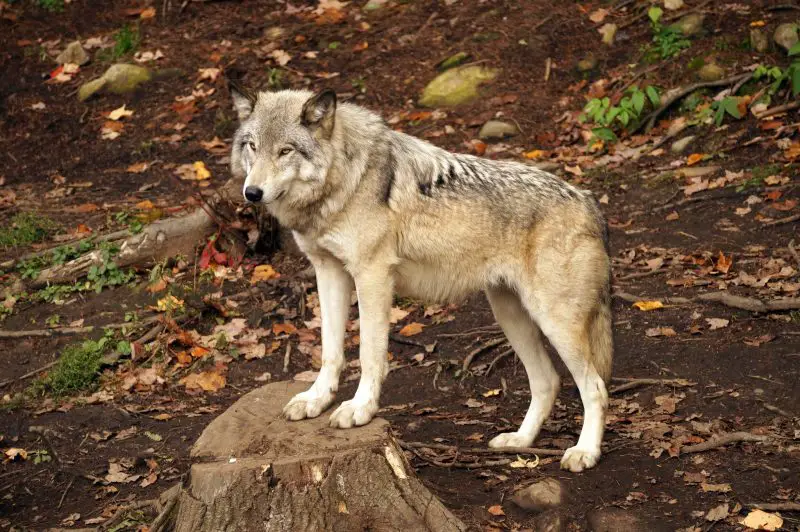
Physical Characteristics and Size
The Eastern wolf is a medium-sized canid that falls between the typical coyote and the gray wolf in terms of size. Adults are generally larger than coyotes but smaller than gray wolves, with males often weighing between 45 to 60 pounds (20 to 27 kg). Their body length typically ranges from 50 to 65 inches (127 to 165 cm), including the tail.
Their coat is grizzled grayish-brown, accented with cinnamon-colored fur along the legs, flanks, and ears. This coloration helps them blend into forested areas, wetlands, and mixed landscapes where they are most commonly found. Fur thickness and hue can vary depending on seasonal changes and specific habitat conditions, providing insulation during harsh Wisconsin winters and camouflage during hunting.
Behavior and Social Structure
Eastern wolves are highly social animals, living in family groups or packs that rely on complex social structures. Pack members work cooperatively to hunt, raise pups, and defend territory. Communication is key to maintaining social cohesion, with howls, growls, and body language used to coordinate movements, establish dominance, and alert the pack to threats.
Unlike coyotes, Eastern wolves primarily hunt in coordinated groups, which allows them to take down larger prey and maintain territorial dominance. While they are generally shy around humans, they are highly alert and intelligent, capable of adjusting their behavior to changes in the environment.
Habitat and Distribution
Eastern wolves are primarily found in the northeastern United States and southeastern Canada. In Wisconsin, they are most commonly found in the Upper Peninsula and southeastern parts of the state. Their habitat typically includes dense forests, wetlands, and regions where wolf and coyote territories overlap, providing access to prey and suitable cover.
They are territorial animals, marking their ranges with scent and vocalizations to deter intruders. Eastern wolves are adaptable to seasonal changes in habitat, moving between forested cover in winter and open areas in warmer months to take advantage of available prey.
Diet and Hunting
The diet of Eastern wolves is diverse, consisting of small to medium-sized mammals such as white-tailed deer, beavers, rabbits, and rodents. They are skilled predators, often hunting in packs to bring down larger prey that would be difficult for a lone wolf or coyote to tackle.
Eastern wolves are opportunistic feeders, and their diet can shift seasonally. In late summer and fall, they consume more fruits and berries, which supplement their nutrition and provide additional energy. Their hunting strategies are highly efficient, blending strength, stamina, and cooperation to maximize success.
Reproduction and Lifespan
Breeding occurs during the winter months, with females experiencing a gestation period of around 63 days. Litters typically consist of 5 to 7 pups, though occasionally more are born. Both parents play an active role in nurturing and protecting the young, teaching them essential hunting and survival skills.
Pups are weaned at approximately 5 to 7 weeks of age and gradually begin exploring and learning from the adults. In the wild, Eastern wolves live an average of 4 to 6 years, although some individuals may survive longer depending on prey availability, habitat conditions, and human-related pressures. Their intelligence, pack cooperation, and adaptability make them a resilient species within Wisconsin’s ecosystems.
Hybridization and Genetic Diversity
Coyote populations in Wisconsin demonstrate varying degrees of hybridization with both wolves and domestic dogs, resulting in a genetically diverse population. These hybrid individuals often exhibit traits from multiple species, including size, coloration, and behavioral adaptations, allowing them to thrive in a wide range of habitats. This genetic mixing has contributed to the remarkable adaptability of Wisconsin coyotes, enabling them to exploit both natural and human-modified landscapes successfully.
Genetic studies indicate that southeastern coyotes form a distinct genetic cluster, setting them apart from western and northeastern populations. This diversity highlights the evolutionary flexibility of coyotes, as hybrids inherit beneficial traits that help them navigate seasonal changes, urban expansion, and competition with other predators. Understanding these hybrid populations is important for wildlife researchers and conservationists, as it provides insight into coyote ecology, behavior, and long-term survival strategies.
Observing Coyotes in Wisconsin
Best Times for Observation
Coyotes are crepuscular by nature, being most active during dawn and dusk. These periods provide the best opportunity for observing their hunting, traveling, and social behaviors. In areas with low human activity, especially suburban and rural regions, coyotes are also active at night. Observers are more likely to spot coyotes during these quieter hours, when they venture out to forage or patrol their territories.
Ideal Locations for Spotting
Coyotes inhabit a variety of environments across Wisconsin, from dense forests and open grasslands to urban and suburban areas. They are highly adaptable, which means sightings can occur in natural reserves as well as near human developments. Some of the most reliable locations to observe coyotes include Kettle Moraine State Forest, Chequamegon National Forest, and Door County, where large tracts of forested and semi-wild areas provide cover, food, and ideal hunting grounds. Observers should maintain a respectful distance, as coyotes are wary of humans but may occasionally be seen traversing open fields or foraging near edges of wooded areas.
FAQs About Coyotes in Wisconsin
What Types of Coyotes Are Found in Wisconsin?
Wisconsin is home to four main types of coyotes: the Northeastern Coyote (Canis latrans thamnos), Eastern Coyote (Canis latrans var.), Coywolf (coyote-wolf hybrid), and Eastern Wolf (Canis lycaon). Each type varies in size, physical traits, and behavior, with hybrids displaying characteristics from multiple species.
How Can I Identify a Coyote in the Wild?
Coyotes are generally medium-sized canids with gray-brown fur and reddish highlights on their legs and flanks. Northeastern and Eastern coyotes tend to have slimmer builds, while Coywolves and Eastern Wolves are larger and more robust. Observing their behavior, vocalizations, and habitat can also help with identification.
When Is the Best Time to Spot Coyotes?
Coyotes are most active during dawn and dusk, which are ideal times for observation. They are also active at night, particularly in areas with minimal human activity, such as rural forests, grasslands, and certain suburban regions.
Where Are Coyotes Most Commonly Found in Wisconsin?
Coyotes can be found throughout Wisconsin, with higher populations in the northern half and forested regions. Key locations for spotting coyotes include Kettle Moraine State Forest, Chequamegon National Forest, and Door County. They are also adaptable to urban and suburban environments.
What Do Coyotes Eat?
Coyotes are opportunistic feeders, with diets that include small mammals like rabbits and rodents, birds, insects, fruits, and occasionally carrion. Their diet changes seasonally, with increased consumption of berries and nuts in late summer and fall.
How Do Coyotes Hunt?
Coyotes are skilled hunters, capable of stalking, ambushing, and chasing prey. While some species, like the Eastern Wolf, may hunt in packs, most coyotes hunt alone or in small family groups. They are highly adaptable, adjusting hunting strategies based on prey availability.
How Do Coyotes Reproduce?
Coyotes breed during the winter months, typically from January to March. Females have a gestation period of about 63 days, giving birth to litters of 5 to 7 pups. Both parents care for the young, teaching hunting skills and providing protection until they are ready to disperse.
Are Coyotes Dangerous to Humans?
Coyotes are generally wary of humans and avoid direct contact. While attacks on humans are extremely rare, coyotes may become bold in areas with abundant human food sources. It is important to maintain a safe distance and avoid feeding them to prevent habituation.

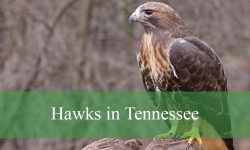

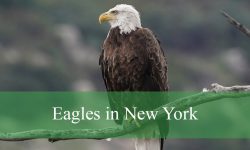
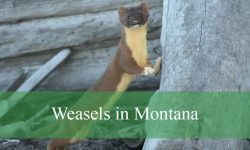
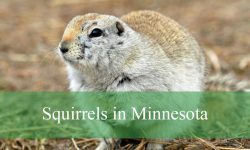
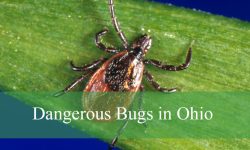
Given the abundance of deer, at least in many parts of the state, perhaps it would be smart not to hunt coyotes and wolves.